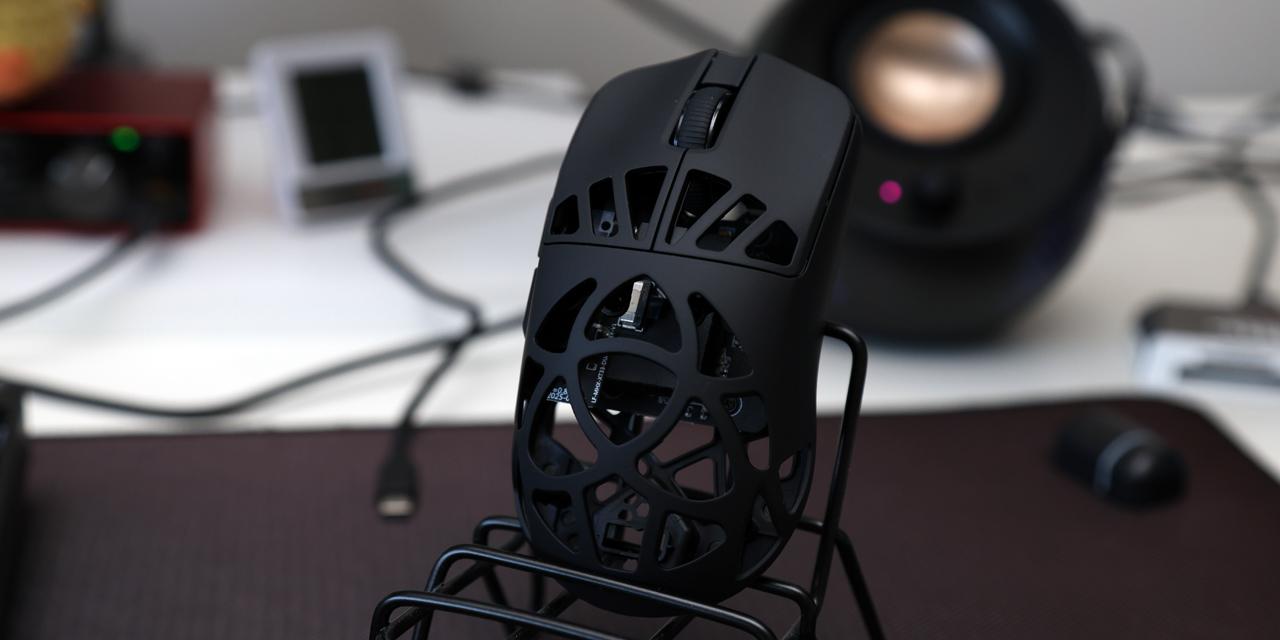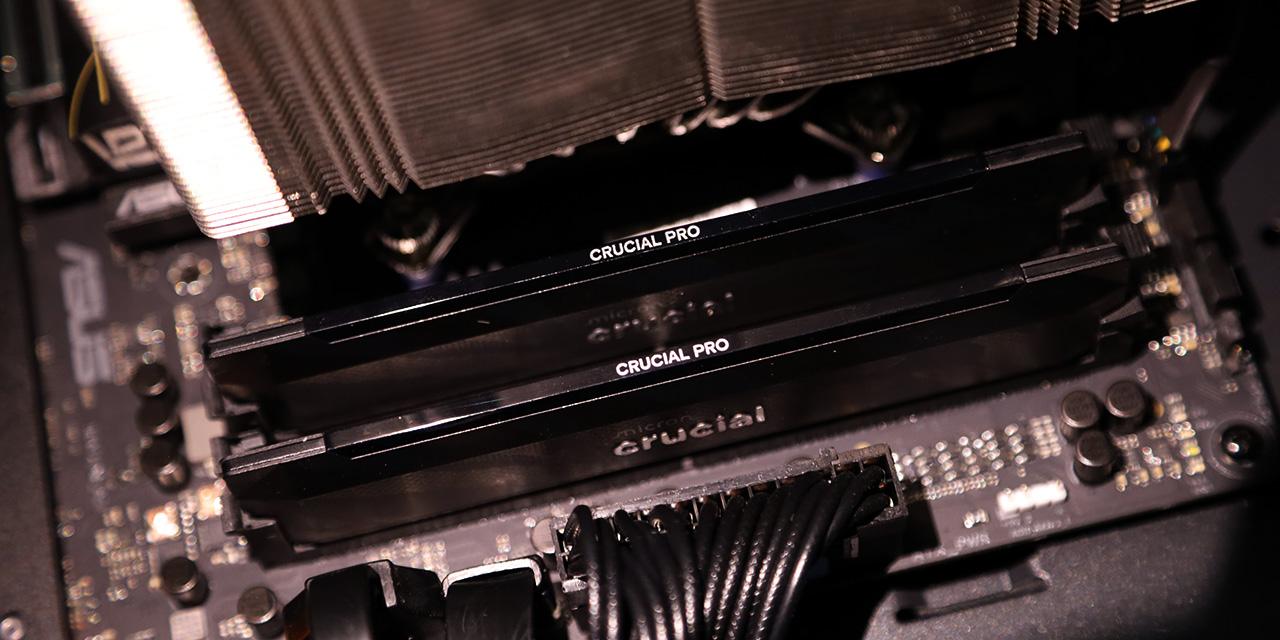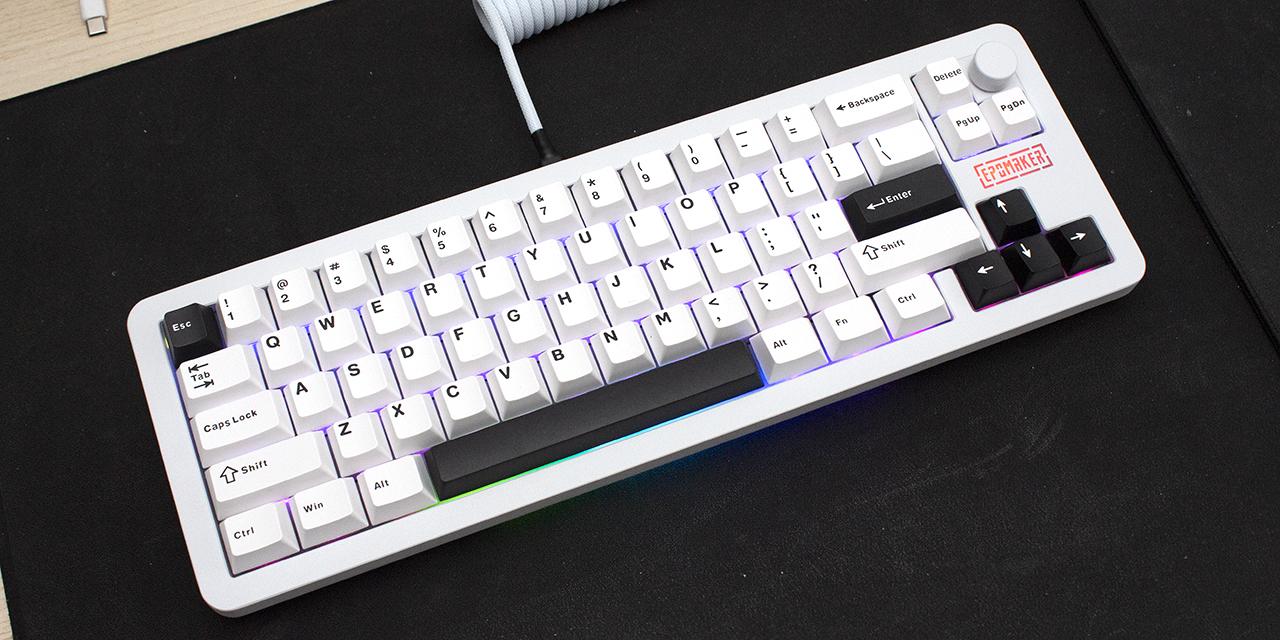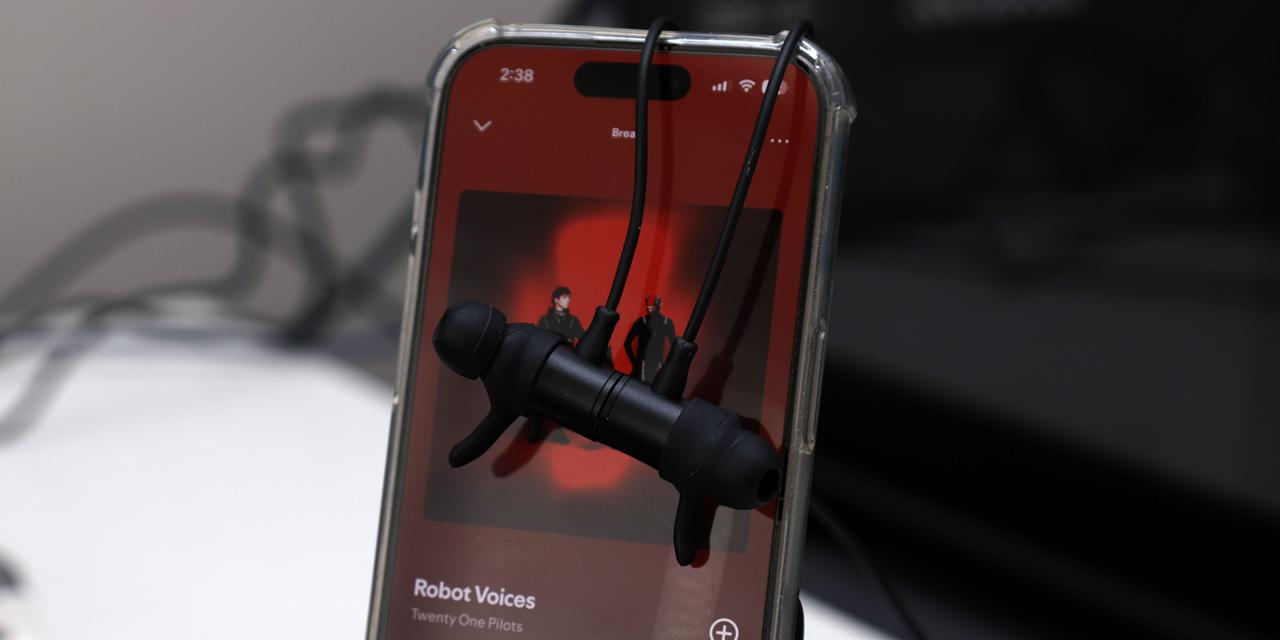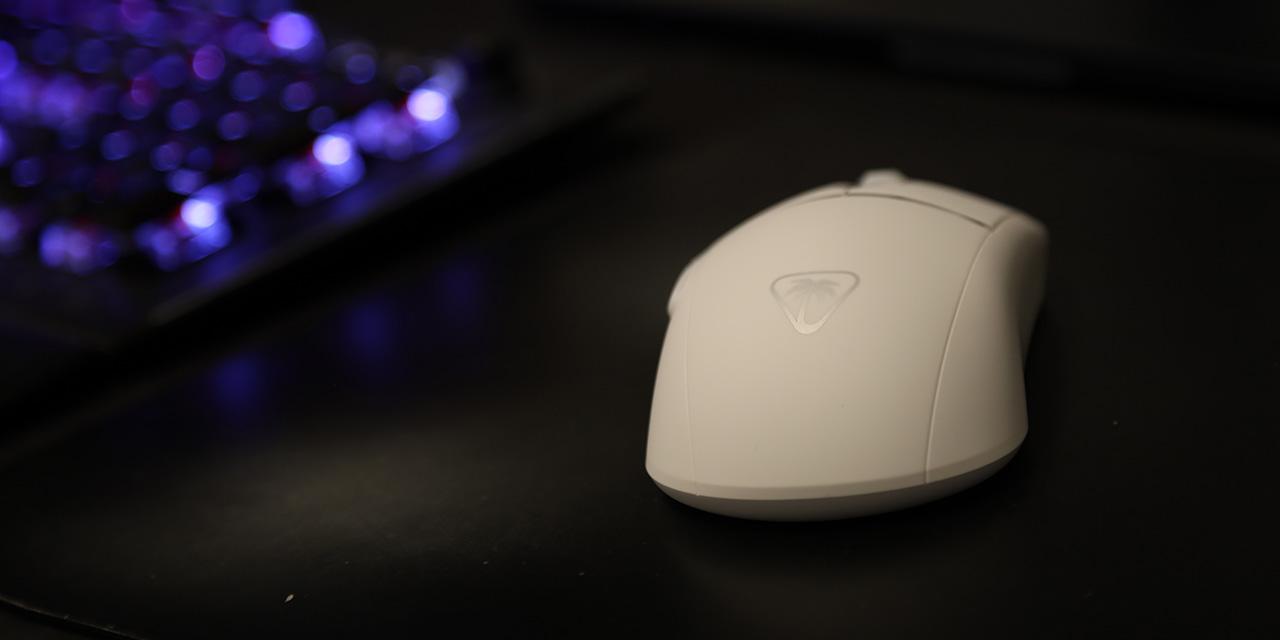Page 3 - A Closer Look - Disassembly and Internals

Diving below the keycaps, we find the LEOBOG Nimbus Switch V3. These are 5-pin linear switches with light factory lubing. The Nimbus switch has an initial force of 28gf, actuation force of 34gf, and a bottom-out force of 45gf. The actuation is at 1.3mm, with a total travel of 3.7mm. They are rated for 60 million strokes. These switches are Cherry MX stem compatible, but the actual switch itself has a few differences from the original Cherry MX switch. The stem is colored in yellow with a “dustproof” style mount. The top housing is white and uses a wing-latch clip to secure it to the bottom housing. The bottom housing is pinkish red, and the dye used to achieve this color actually stained the top housing and stem that comes in contact with it. All three components are made with Polyoxymethylene, or POM, plastic, which is known for its low friction and abrasion resistance, providing a smooth keypress.
One oddity I found for my review unit is that a LEOBOG Reaper switch found its way under the space bar. I looked at some other teardowns, and it appears this may be a one-off. It has a heavier weight and different materials and chunkier sound, but it did not negatively affect the typing performance. The Nimbus V3 switches are a pleasure to use and have a deep, buttery bottom out sound. The stabilizers used to support the larger keys are a plate mount style. They are lubed and tuned to have smooth travel and have little rattle.

The switches are mounted on a milk jug-feeling plastic plate with flex cuts to give a softer typing feel. I was unable to verify the type of plastic used, but it feels very soft and flexible, with some strands of plastic coming off. The plastic plate is mounted on PORON gaskets to give even more flex and pillow-like typing experience.

In order to get further into the keyboard, a few switches have to be removed in order to access the six Philips head screws. The knob needs to be yanked off in order to remove the top case. Be careful when removing the PCB, as there is a thin ribbon cable underneath that is attached to the daughterboard in the bottom case.

The PCB surprisingly has flex cuts. However, due to the copious amount of foam and plastic sandwich found in this keyboard, its effects are not pronounced. For a more obvious typing feel, some of the foam and plastics need to be removed. The PCB features Kailh-style hot-swap sockets. Between the PCB and plastic mounting plate, there is a 4mm piece of PORON-like foam. There is also a thin sheet of foam and plastic that goes under the switches that help with the bottom out sound. Below the PCB, there is another 4mm piece of foam and a plastic sheet under that. The substantial amount of foam and plastic reduce any hollowness of the keyboard, and help give it that deeper sound. These foams and plastics can be removed or used in any combination to provide a more customized sound and feel. The stock sound and typing feel is already quite strong with the foams providing a creamy, buttery sound, and a firm yet cushioned typing feel.
Page Index
1. Introduction, Packaging, Specifications
2. A Closer Look - Hardware
3. A Closer Look - Disassembly and Internals
4. Conclusion

